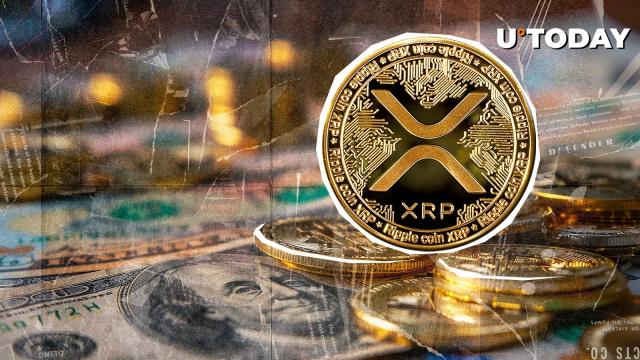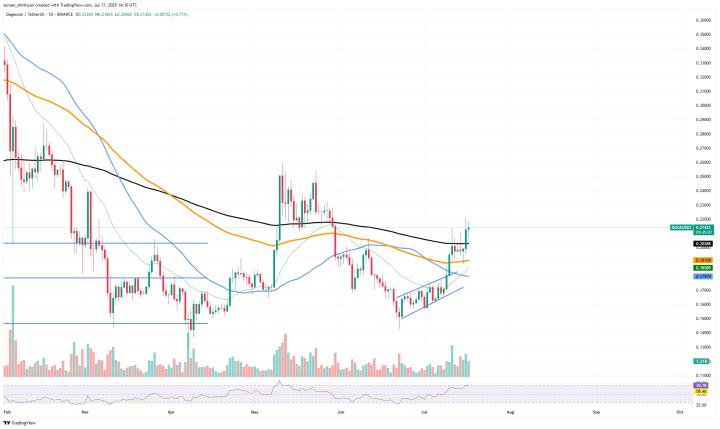Brazil is expanding the Pix payment system while BRICS considers establishing a common reserve currency.
In this context, the United States under Trump responded by imposing a 50% tariff and conducting large-scale trade investigations to protect economic interests.
- Brazil's Pix payment system is developing strongly, contributing to the promotion of digital finance.
- The BRICS alliance is considering deploying a reserve currency to reduce dependence on USD.
- The Trump administration imposed a 50% tariff and initiated trade investigations to protect the domestic market.
How is Brazil developing the Pix payment system?
Pix is an instant payment system developed by the Central Bank of Brazil, which has been quickly adopted by users and businesses. According to the Central Bank of Brazil's 2023 report, the number of Pix transactions increased by over 40% compared to the previous year, demonstrating its superior efficiency and convenience compared to traditional methods.
The expansion of Pix helps improve payment experience, promotes cashless payment proposals, and enhances comprehensive financial inclusion in Brazil.
Why is BRICS considering building a common reserve currency?
BRICS, consisting of Brazil, Russia, India, China, and South Africa, is studying the implementation of a common reserve currency to reduce dependence on the USD in international trade.
Mr. Sergey Lavrov, Russia's Foreign Minister, emphasized in 2024:
The goal is to create an independent financial tool that supports stability and enhances the economic influence of BRICS members globally.
Sergey Lavrov, Russia's Foreign Minister, 2024
This move aims to strengthen financial autonomy and increase negotiation power in cross-border transactions.
How did the United States respond to Brazil and BRICS' financial moves?
The Trump administration responded by imposing a 50% import tariff on certain related goods and initiating extensive trade investigations to protect the domestic market from increasing international competition.
This policy reflects efforts to protect the manufacturing sector and help maintain the US trade balance in a geopolitically volatile context.
White House statement, 2023
Economic experts note that this measure could create pressure on trading partners while affirming the legitimate rights and interests of the United States.
Comparing the influence of Pix and BRICS reserve currency on the global financial market
| Criteria | Pix System (Brazil) | BRICS Reserve Currency |
|---|---|---|
| Purpose | Instant domestic payments, promoting digital finance | Reduce USD dependence, enhance international economic cooperation |
| Impact | Accelerate digital transformation and improve financial service access | Increase collective economic power, influence global financial balance |
| Implementation Timeline | Expanding, widespread in 2023-2024 | Under study, expected in medium-term period |
Frequently Asked Questions
What is Pix and why is it important to Brazil?
Pix is an instant payment system developed by the Central Bank of Brazil, enabling fast, convenient transactions and promoting domestic digital finance.
How will the BRICS reserve currency affect the global market?
This currency could reduce dependence on USD, increase negotiation capabilities, and financial autonomy for BRICS member countries.
What was the purpose of the US 50% tariff policy?
The goal was to protect domestic manufacturing and balance the trade balance against pressure from international partners.
Are Pix and the BRICS reserve currency related?
Both are part of digital finance and financial independence trends, but Pix focuses on domestic payments, while the BRICS currency is an international reserve tool.
How does the Pix system affect ordinary users?
Users benefit from quick, secure, and easy-to-use transactions, promoting cashless payments.







